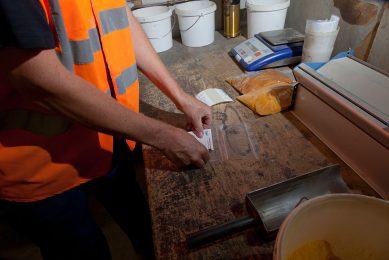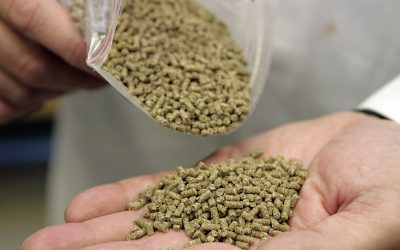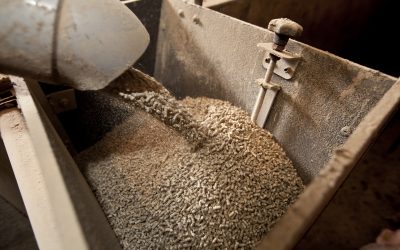Joint statement by AFIA and NGFA on Veterinary Feed Directive
The American Feed Industry Association (AFIA) and National Grain and Feed Association (NGFA) have submitted a joint statement to the US Food and Drug Administration (FDA) on a draft text of proposed regulations that would expand the application of the veterinary feed directive (VFD) to encompass a broader group of currently approved animal drugs intended for food-producing animals that the agency believes are medically important in treating human illness.
TheAFIA and NGFA commend the FDA for incorporating many of their previously submitted recommendations into the draft text for proposed regulations, which the two organizations believe would make substantial and meaningful improvements to the VFD process if retained in final regulations.
The AFIA and NGFA for several years have advocated improvements to the VFD process because medicated feed manufacturers who use existing VFD animal drugs already bear the primary regulatory burden associated with administering these drugs. This regulatory burden is substantial, both in terms of time and cost, with feed mills being the focal point for inspection when regulatory officials seek to determine compliance with the VFD regulations.
“Given FDA’s decision to expand the use of the VFD process to encompass many currently approved animal drugs, feed manufacturers will experience a significant increase in paperwork burdens and regulatory compliance costs if long-overdue improvements are not made,” according to AFIA and NGFA’s joint statement.
The AFIA and NGFA added, “We believe it is essential to modify the VFD process to make it as efficient and cost-effective as possible, while retaining prudent regulatory control to foster animal and human health.”
In their joint statement, the NGFA and AFIA emphasized:
- The need for FDA to make science-based decisions when determining whether to transition existing, already-approved animal drugs to VFD status, limited solely to those products that truly have significant importance to human medicine.
- FDA should mandate that veterinarians undertake and pass a training program – preferably available electronically – before being authorized to issue a lawful VFD. The organizations said they believe this will eliminate confusion and errors that have occurred within the existing VFD process.
- Support for creating a list of VFD-trained veterinarians to be made available on a publicly accessible website hosted by a professional society or by FDA itself.
- Concurrence with many other animal health, livestock and poultry organizations that there is a shortage of veterinarians that could create a significant, and perhaps insurmountable, obstacle in many geographic areas that would limit the availability of VFDs and thus adversely affect animal health.
The NGFA and AFIA also reiterated comments they provided earlier to the agency that would improve the information collected on the VFD form itself to be more appropriate and relevant to the manufacturing of medicated feed. These recommendations included eliminating the requirement that the VFD form contain a specific quantity of feed to be manufactured per order, which can vary based upon weather and other factors that affect feed consumption by animals. AFIA and NGFA said that other information already required on the VFD form, such as the duration of treatment, level of animal drug allowed in the feed, feeding directions and expiration date, already provide sufficient information so that the appropriate quantity of feed is manufactured, distributed and fed to the target animals.
The NGFA and AFIA also supported FDA’s intention to retain the current requirement that the VFD form contain a statement prohibiting extra-label use of medicated feed manufactured under a VFD order.
 Beheer
Beheer









 WP Admin
WP Admin  Bewerk bericht
Bewerk bericht